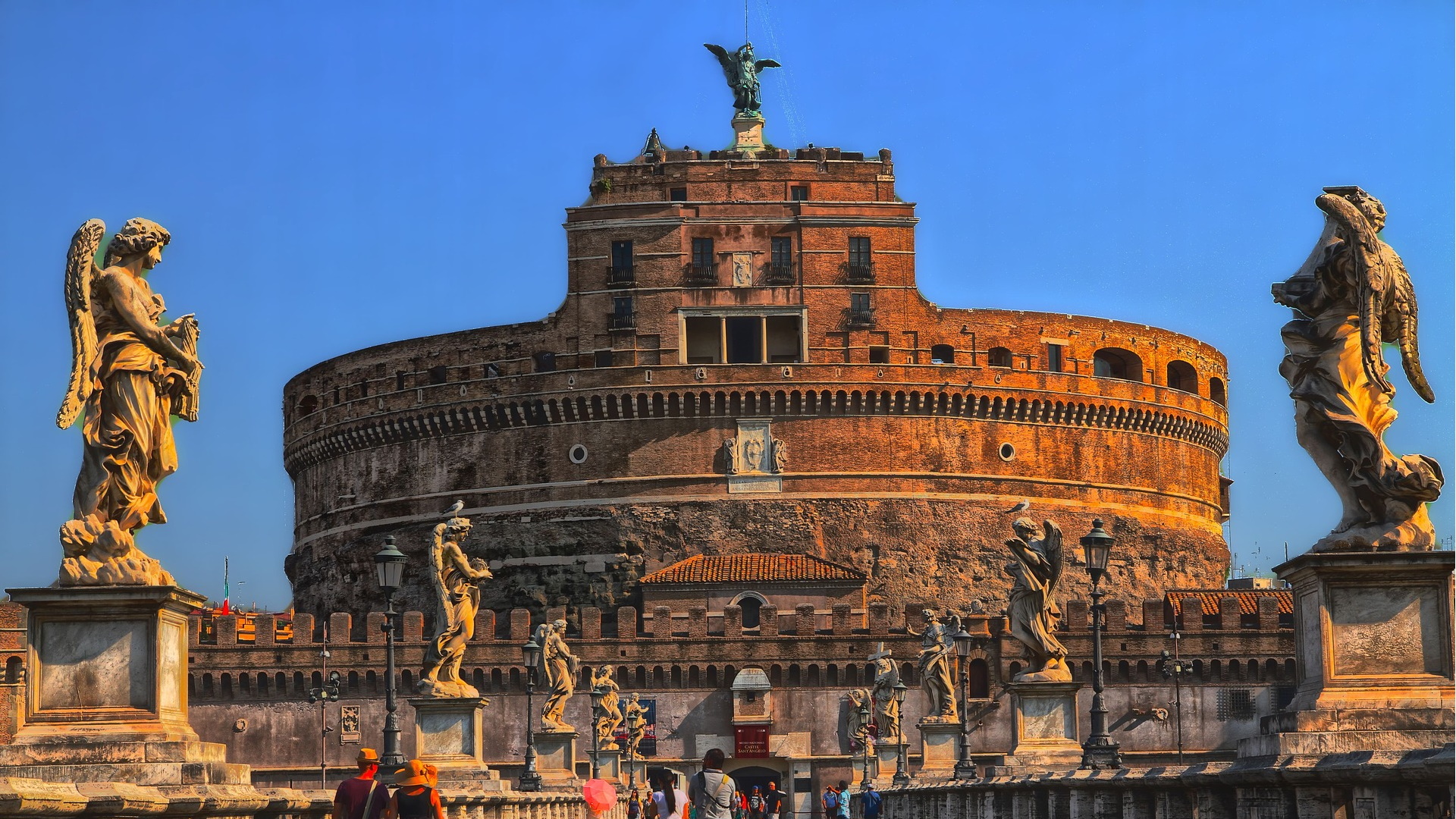
Located between the Tiber and the Vatican City, the Borgo district is close to St. Peter's Basilica and the Vatican Museums, of which it forms a natural antechamber. Here, you can find numerous restaurants, hotels, small religious souvenir shops, and historic cassocks and vestments shops.
Its name derives from the Saxon word Burg, which designates a small fortress or a small village enclosed in a wall and separated from the city. Moreover, many of its streets are called "Borgo".
Among the monuments and places of greatest historical and tourist interest are Castel Sant'Angelo, the ancient fortified mausoleum once housing the remains of Emperor Hadrian, today the seat of the National Museum of Saint Angel Castel, Sant'Angelo Bridge, among the most beautiful bridges in Rome, on which are two rows of magnificent angels escorting those who cross it on the opposite bank of the Tiber towards St. Peter, the Passetto di Borgo, or Coridore de Borgo, the crenelated and elevated passage connecting the Vatican Palaces to Castel Sant'Angelo, and a quick escape and salvation route for the popes threatened by the of the Germanic populations invasions, the Monumental Complex of Santo Spirito in Sassia, which, built around 727 AD, housed pilgrims heading to the Tomb of the Apostle Peter.
The Monumental Complex of Santo Spirito in Sassia occupies the area formerly owned by the Horti of Agrippina Maior (14 BC - 33 AD). Here, you could appreciate imperial buildings - of which it still retains, in the basement, the remains of opus reticulatum walls, floors mosaics, sculptures, and frescoes - large and sumptuous gardens that from the Janiculum extended along the right bank of the Tiber.
Not far away, there was another of the pyramids which, after the conquest of Egypt in 31 BC. by Octavian Augustus following the death of Cleopatra, Roman funerary buildings began to build inspired by Egyptian models and giving life to an authentic fad. The pyramid referred to as Meta Romuli, Vatican Pyramid or Pyramid of Borgo, was believed to be the burial place of Remus; the Piramide Cestia, near Porta San Paolo, instead, was supposed to be the tomb of his brother Romulus, the founder of Rome.
In Borgo Pio, on the intersection with Via del Campanile, you can see a rather curious engraving the purpose of which is not immediately clear but of great importance for those who lived in this area: a circle carved in stone. During a famine, the numerous bakers of Borgo saved on the amount of flour used for the loaves, making them smaller and smaller, even though the price remained unchanged. Their behavior did not go unnoticed, and that is the reason why the disc was conceived: it represented the exact measure within which the loaves had to fit to be sold and not to defraud the starving population.
Between 1935 and 1937, to allow the construction of the current Via della Conciliazione, which ideally connected the Vatican State with the Italian State, the so-called Spina di Borgo was demolished. Its name derived from the fact that its buildings were between two converging roads, Borgo Nuovo and Borgo Vecchio, which gave the block the shape of a triangle pointing to Castel Sant'Angelo. Consisting of a tangle of alleys on which there were modest houses together with noble palaces, many of which dismantled and rebuilt on the sides of Via della Conciliazione, the spina di Borgo had a peculiarity, today, unfortunately, lost. Out of the maze of narrow streets or around the corner of a building, the magic happened: visitors could enjoy the magnificence of Bernini's Colonnade and St. Peter's Basilica.
Borders: Piazza Pio XII, Largo del Colonnato, Piazza della Città Leonina, Via di Porta Angelica, Piazza del Risorgimento, Via Stefano Porcari, Via Alberico II, Piazza Adriana, Lungotevere Castello, Lungotevere Vaticano, Lungotevere in Sassia, Piazza della Rovere, Galleria Principe Amedeo di Savoia, Piazza del Sant'Uffizio, Via Paolo VI, Largo degli Alicorni.
The rione coat of arms is a lion crouched in front of three mountains topped by a star. The three mountains and the star are part of Pope Sixtus V's heraldic emblem. On 9 December 1586, he elected Borgo the XIV rione of Rome. In another version, the three mountains are above a chest representing the treasure and the secret archives of the Vatican transferred to Castel Sant’Angelo by Sixtus V. In this coat of arms, the lion watches them.
The Mausoleum of Hadrian - Saint Angel Castle
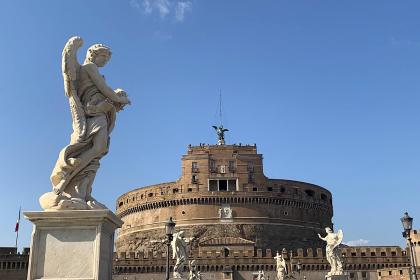
 Condividi
Condividi
Sant'Angelo Castle
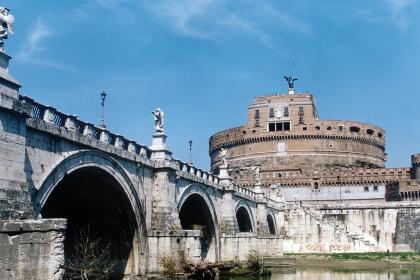
 Condividi
Condividi
Sant'Angelo bridge
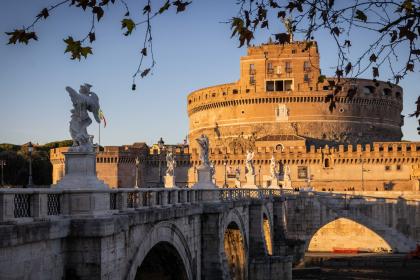
 Condividi
Condividi
The Passetto di Borgo
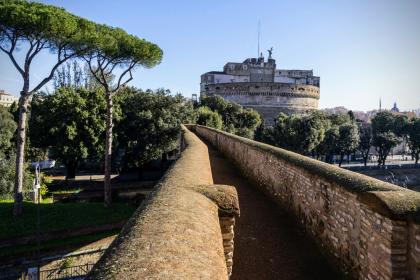
 Condividi
Condividi
Monumental Complex of Santo Spirito in Sassia
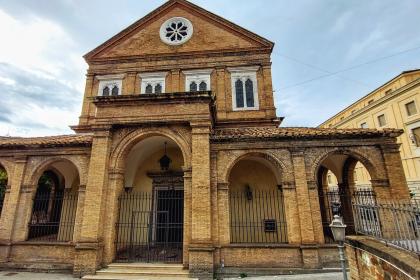
 Condividi
Condividi











































